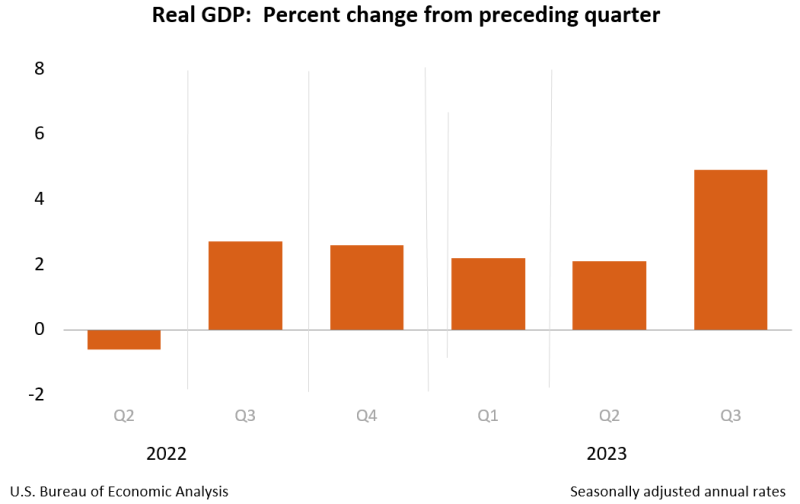The state of consumer spending in the US remains strong, and the trend looks likely to persist in the near future. This bodes well for the economy as a whole and the stock market in particular. With the increasing demand for goods and services, some investors are looking to cash in on the current optimistic trend.
Analysts cite lower interest rates, a healthy job market and strong consumer confidence as the main drivers of increased consumer spending. Given the balance between supply and demand, there could be a number of stocks worth considering for investors looking to build a diversified portfolio.
One of the most popular stocks on the watch list is Amazon (AMZN), which is often seen as a bellwether for the retail industry. The company has consistently posted strong profits and is currently valued at over $1 trillion. Amazon is not only a leading online retailer, but also provides logistics and cloud services. This makes the stock a good choice for investors looking for a steady, low-risk growth stock.
Another stock that could benefit from strong consumer spending is Apple (AAPL). The company has made waves in recent years with the introduction of its iPhone and other consumer electronics products. Shares of Apple have soared this year as revenue growth has improved and investors have become more hopeful about future growth prospects.
Finally, a third stock that could be worth considering is Amazon’s rival Walmart (WMT). While Amazon has dominated the e-commerce space, Walmart has become a leader in traditional retail through a strategy of aggressive pricing and convenience. With more and more consumers opting to shop online, Walmart could be one of the biggest beneficiaries of the current strong consumer spending trends.
Overall, consumer spending remains strong and investors have several stocks worthy of consideration. Amazon, Apple and Walmart all appear to have considerable potential for long-term growth and are worth adding to watch lists. However, it’s important to remember that all investments come with risk and no one should invest more than they can afford to lose.
